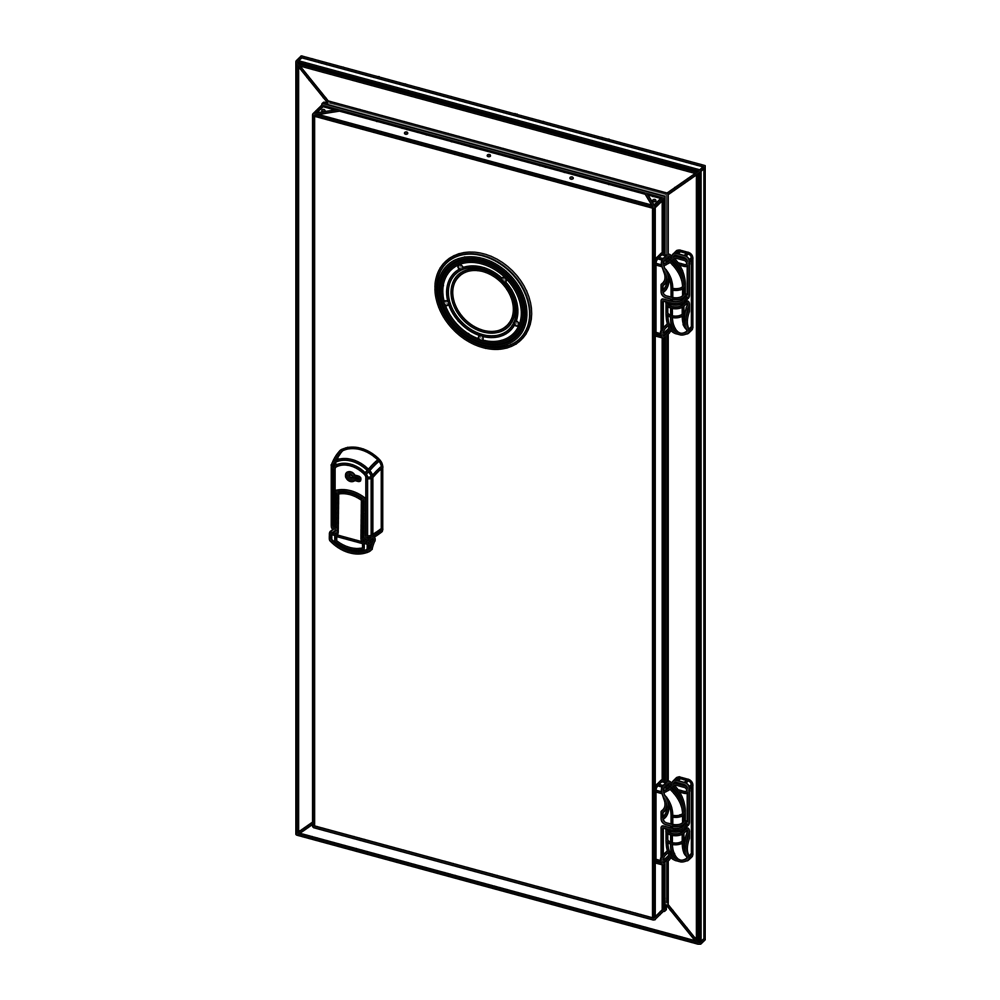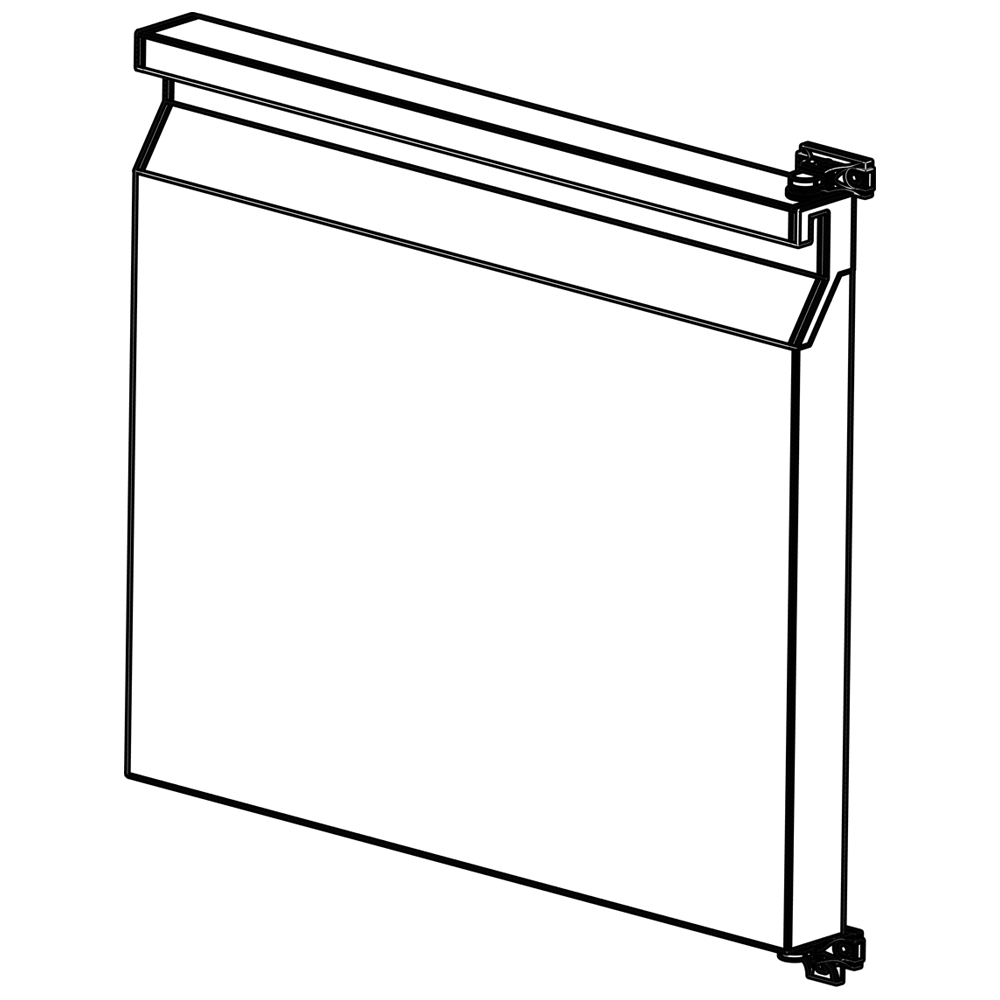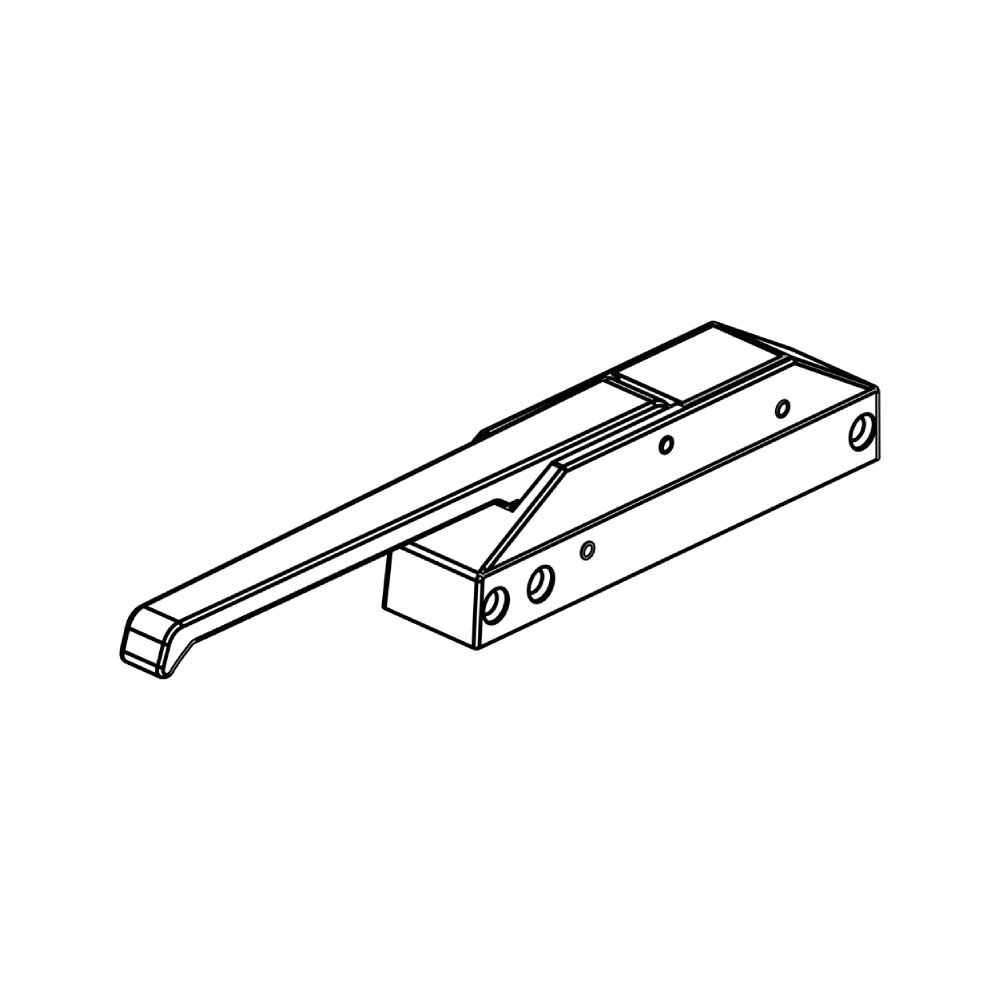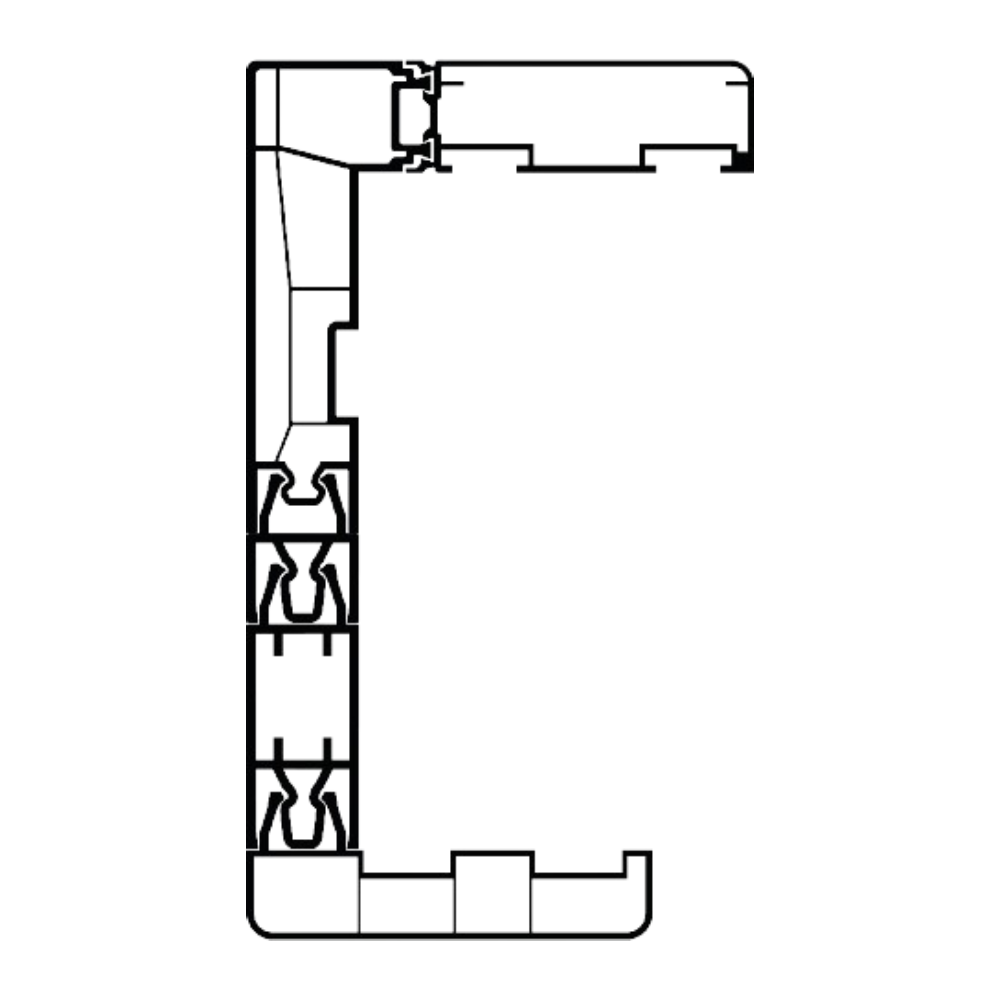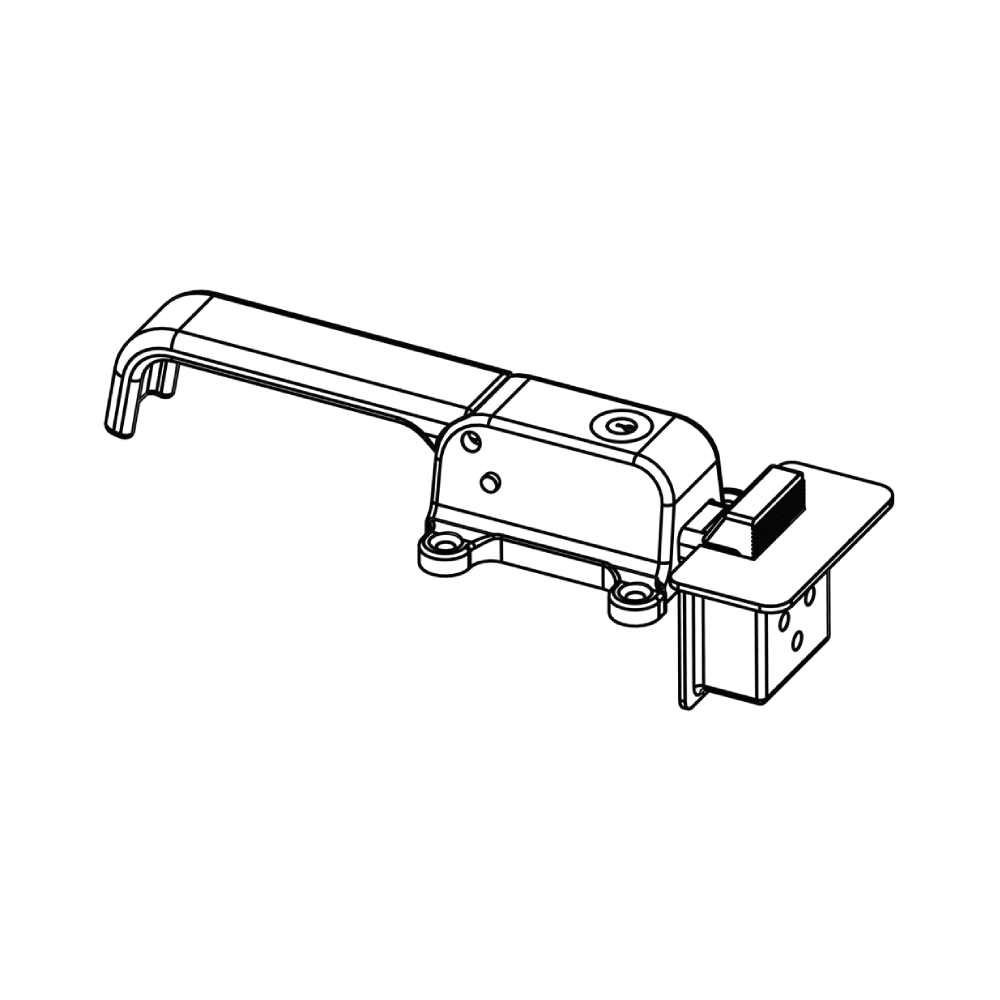Plastiic Vacuum Door
Table of Contents
- What is a Plastic Vacuum Door?
- Plastic Vacuum Door Production Process
- Applications of Plastic Vacuum Doors
- Advantages of Plastic Vacuum Doors
- Tips for Choosing the Right Plastic Vacuum Door
- Installation and Maintenance of Plastic Vacuum Doors
- Technological Innovations in Plastic Vacuum Doors
- Environmental Impacts of Plastic Vacuum Doors
What is a Plastic Vacuum Door?
A plastic vacuum door is a type of door commonly used in modern furniture and interior design, combining aesthetics with functionality. These doors are typically manufactured using PVC (polyvinyl chloride) or similar plastic materials through vacuum press technology. The membrane coating applied to the surface ensures a smooth, durable, and visually appealing finish. This technology enhances the durability of the door while offering a wide range of colors and patterns to suit various decor styles. Plastic vacuum doors are particularly popular for kitchen cabinets, bathroom units, and wardrobes. Compared to traditional wooden doors, they are lighter and highly resistant to moisture and water. The use of PVC materials in their production ensures longevity and minimizes maintenance needs. These doors provide both aesthetic appeal and practical solutions for homes and commercial spaces. For instance, plastic vacuum doorsused in kitchens are favored for their stain-resistant surfaces, which simplify cleaning and contribute to a modern look.
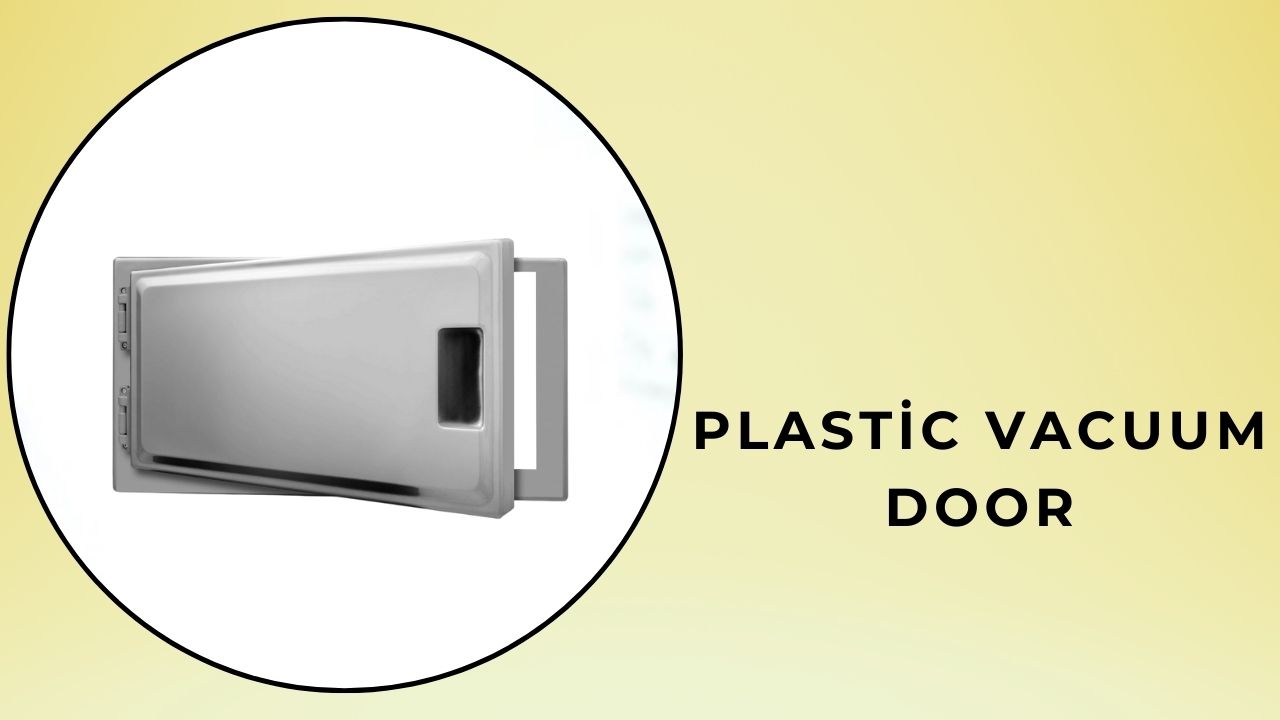
Plastic Vacuum Door Production Process
The production of plastic vacuum doors involves a series of high-tech and precise stages. Initially, the base structure of the door is made from MDF (medium-density fiberboard) or a similar material, which is cut and shaped. MDF is an ideal base material due to its smooth surface and ease of processing. Next, a PVC membrane coating is applied to the surface. This process takes place in vacuum press machines, where the machine places the PVC film over the MDF panel and applies high heat and vacuum pressure to ensure the film adheres tightly to the panel. Precision is critical during this process, as any error can result in bubbles or irregularities on the door’s surface. The PVC films used in production offer various aesthetic options, such as wood grains, solid colors, or glossy finishes. In advanced production facilities, laser edge banding is applied to the door edges to achieve a smoother and more durable finish. The final stage involves quality control tests to ensure the doors are ready for installation. This meticulous process guarantees both the aesthetic appeal and long-term durability of plastic vacuum doors.
Applications of Plastic Vacuum Doors
Plastic vacuum doors are highly versatile, making them suitable for a wide range of applications. In homes, they are ideal for humid environments like kitchens and bathrooms. The PVC materials offer excellent resistance to water and moisture, making these doors a popular choice for bathroom cabinets and kitchen units. They are also used in wardrobe doors, bedroom furniture, and living room units, providing an aesthetic solution. Plastic vacuum doors adapt to various design needs, from modern and minimalist to classic and rustic styles. In commercial settings, plastic vacuum doors are widely used in high-traffic areas such as hotels, restaurants, and offices, where they offer both elegance and durability. For example, plastic vacuum doorsin a hotel’s kitchen or bathroom units maintain their form despite heavy use. In the healthcare sector, they are preferred for hospital furniture and laboratory units due to their hygienic surfaces. Educational institutions also utilize these doors in school lockers and laboratory furniture, offering a cost-effective and practical solution.
Advantages of Plastic Vacuum Doors
Plastic vacuum doors stand out for their numerous advantages. First and foremost, they excel in durability. The PVC coatings are highly resistant to scratches, stains, and moisture, ensuring the doors remain functional for years. Additionally, their lightweight structure facilitates easy installation and use. Compared to traditional wooden doors, they require less maintenance and are easy to clean, often needing only a damp cloth. Aesthetically, plastic vacuum doors offer a wide range of colors and patterns, making them adaptable to any interior design. Glossy, matte, or wood-grain finishes allow users to choose according to their decor preferences. The membrane coating technology ensures a smooth, flawless surface, a key reason for their popularity in modern designs. Economically, these doors are cost-effective, providing a high-quality appearance while keeping production and installation costs low. Models produced with eco-friendly techniques, using recyclable materials, contribute to sustainability goals.
Tips for Choosing the Right Plastic Vacuum Door
Choosing the right plastic vacuum door requires careful consideration of several factors. First, the needs of the application area must be identified. For humid environments, high-quality PVC-coated doors are recommended due to their superior resistance to water and moisture. The door’s load-bearing capacity and frequency of use should also be considered. For instance, kitchen cabinets require durable doors capable of withstanding heavy use. Aesthetic choices are equally important. Plastic vacuum doors offer a broad range of colors and patterns, so selecting a model that matches the overall decor style is essential. Glossy finishes suit modern designs, while wood-grain doors are ideal for classic or rustic spaces. The door’s thickness and edge banding quality also affect long-term performance. Technologies like laser edge bandingenhance the durability and aesthetics of the edges. Additionally, the manufacturer’s warranty terms and technical support services should be evaluated during the selection process.
Installation and Maintenance of Plastic Vacuum Doors
Proper installation and regular maintenance of plastic vacuum doors are crucial for ensuring long-term use. Installation varies depending on the furniture or unit where the door is used. Typically, doors are mounted using hinge systems or sliding mechanisms. During installation, precise alignment and secure fastening of hinges are essential. Incorrect installation can hinder smooth opening and closing, leading to wear over time. Maintenance of plastic vacuum doors is straightforward. The PVC surfaces are stain-resistant and easy to clean, requiring only a damp cloth. Abrasive chemicals or harsh sponges should be avoided to prevent surface damage. Hinges and mechanisms should be regularly inspected and lubricated if necessary. These simple maintenance steps ensure the durabilityand aesthetic appeal of the doors for years.
Technological Innovations in Plastic Vacuum Doors
Plastic vacuum doors are continually evolving with technological advancements. In recent years, smart coating technologies have emerged as a significant innovation. For example, some doors feature fingerprint-resistant surfaces, a major advantage in high-use areas like kitchens. Additionally, eco-friendly PVC materials and recyclable coatings are becoming more common in sustainable production processes. 3D printing technology has enabled the production of customized plastic vacuum doors, allowing for intricate patterns and tailored dimensions. Some advanced models incorporate UV-protective coatings to prevent color fading and surface wear. These innovations enhance both the durabilityand aesthetic appeal of the doors, making them better suited for modern interior designs.
Environmental Impacts of Plastic Vacuum Doors
When produced with eco-friendly techniques, plastic vacuum doors can minimize environmental impacts. Recyclable PVC materials are increasingly used in their production, reducing waste and conserving natural resources. Energy-efficient production processes also help lower the carbon footprint. However, the environmental impact of plastic vacuum doors depends on the chemicals and energy used during production. Choosing doors from manufacturers with eco-friendly certifications is crucial for sustainability. Low-VOC (volatile organic compound) coatings improve indoor air quality and protect user health. These advancements make plastic vacuum doors both environmentally and user-friendly.


